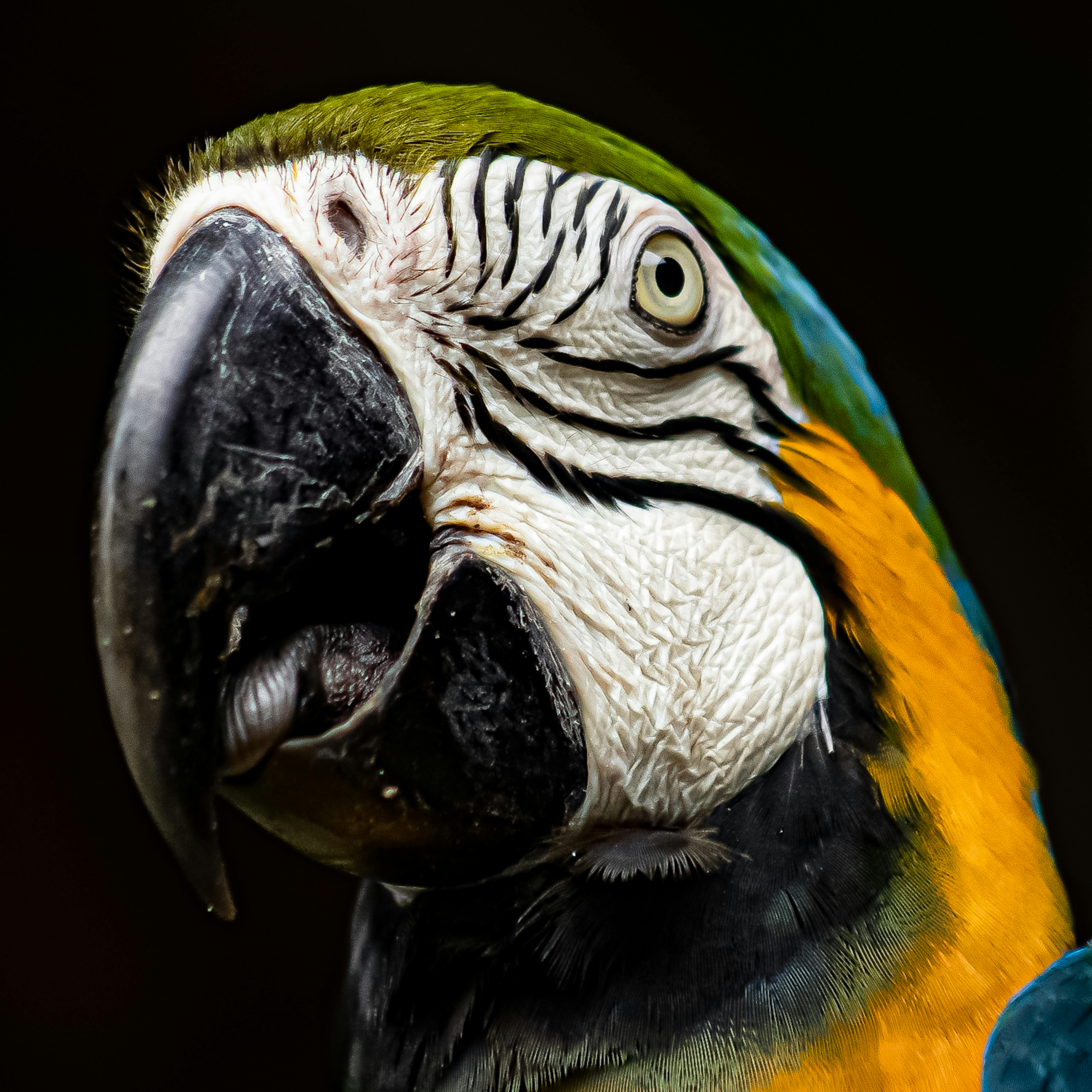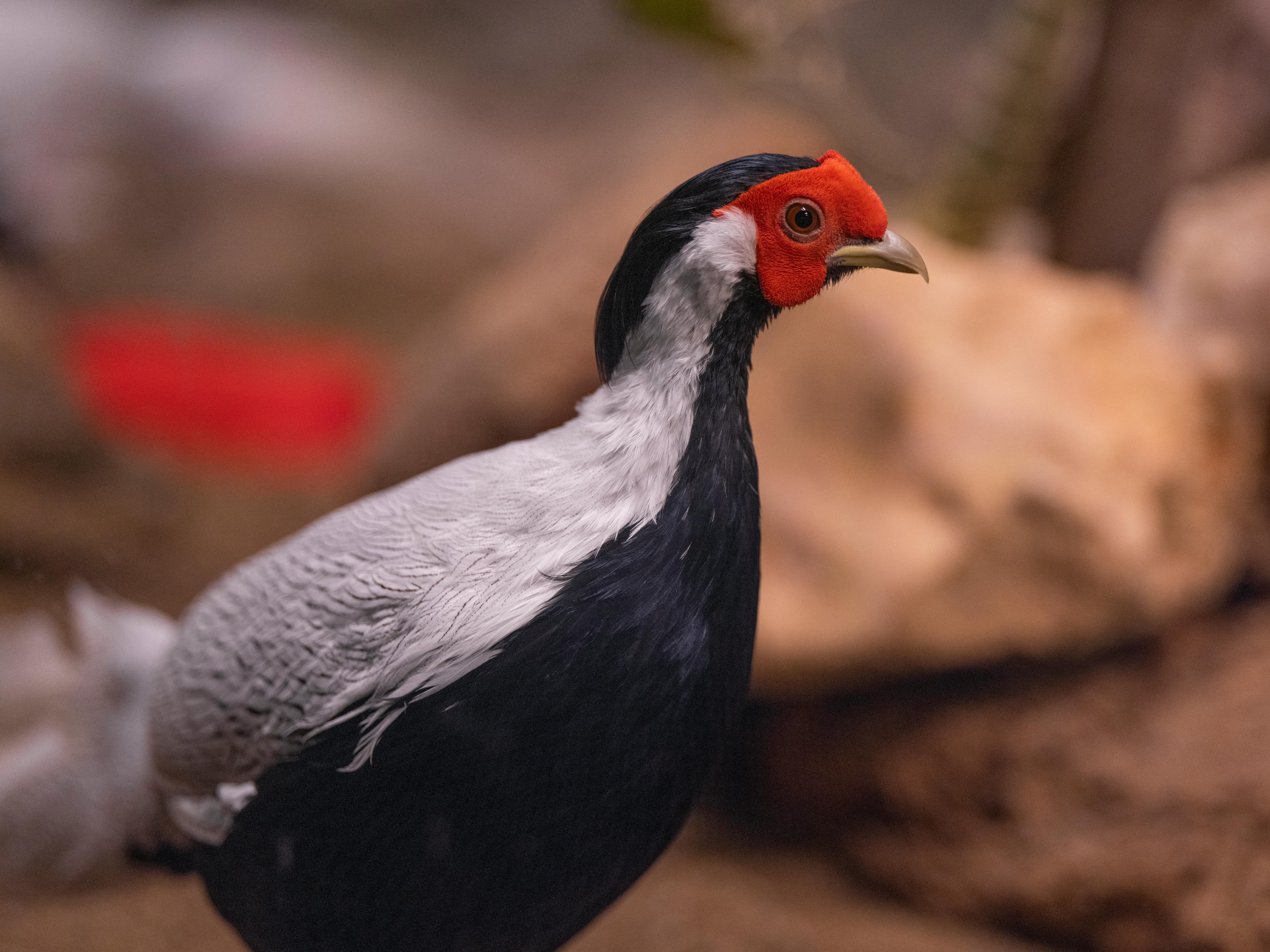
Best 5 Guppy Tank Sizes for Healthy Fish in 2025
As a popular choice for aquarium enthusiasts, guppies are vibrant, hardy fish that can add a splash of color to any home. However, ensuring their health and happiness largely depends on the size of their tank. In this article, we will explore the ideal guppy tank sizes and requirements for breeding and sustaining these delightful creatures in 2025. Understanding the importance of tank size can greatly impact the well-being of your fish, making it crucial for both novice and experienced aquarists to be well-informed.
Moreover, creating the right housing conditions for guppies involves more than just picking a tank size. Considerations such as water quality, filtration, and even tank mates play significant roles. By the end of this article, you will gain valuable insights into optimal guppy tank size recommendations, ensuring that your pets live a fulfilling life.
Key takeaways include specific tank dimensions, tips for tank setup, and knowledge about the housing needs of guppies. Let’s dive in.
Understanding Guppy Tank Size and Requirements
When considering how big a guppy tank should be, it’s essential to understand the basic needs of these fish. Guppies thrive in environments that mimic their natural habitat, which includes ample swimming space and clean water conditions. Keeping the right tank size enhances their health and happiness.
Minimum Guppy Tank Size
The minimum guppy tank size recommended for a small group of these fish is 10 gallons. This allows for adequate swimming space and contributes to better water quality, reducing the chances of stress and diseases. In community tanks, a larger volume is even better as it can accommodate other fish species that cohabit.
Ideal Guppy Tank Size for Breeding
For breeding guppies, an ideal tank size ranges between 20 to 30 gallons. This increases space allocation per fish and facilitates a better environment for fry. A well-planned breeding tank should also include separate breeding boxes for future fry, as they require specialized space during their initial growth phase.
Guppy Tank Dimensions and Water Volume
When setting up the right guppy tank dimensions, focus on both length and height; a longer tank allows for swimming space, while the height can potentially enhance water volume. Guppies require a minimum water volume of 20-30 liters (about 5-8 gallons) for each mature fish to thrive healthily. Be mindful of the ratio when housing multiple guppies to maintain optimal conditions.
Building on these fundamentals, let’s explore specific setups for smaller tanks and their efficiency.
Guppies in a Small Tank: What You Need to Know
Guppies are often thought to be suitable for small tanks due to their small size. While it is tempting to consider smaller tank options for guppy care, there are risks and considerations to keep in mind.
Tank Size for Guppy Fry
Guppy fry require specialized care, often necessitating their own designated tank. A suitable minimum size for a guppy fry tank is around 5 gallons. In such tanks, it’s crucial to maintain stable water quality and temperature to ensure fry survival. This approach helps tackle the challenges of high fry mortality.
Space Allocation for Guppies in Tank
For adult guppies, an important guideline is to allocate approximately 1 gallon of water per fish. Excess density can lead to water quality issues and stress. Aim for a tank with enough space where guppies can display natural behaviors without overcrowding, contributing to their overall well-being.
Filtration and Tank Size Considerations
Effective filtration becomes increasingly important as tank size decreases. In smaller tanks, the bioload from guppies can quickly lead to poor water quality. Therefore, ensure you have adequate filtration systems in place; this is especially critical in tanks under 10 gallons. Regular tank maintenance and water changes are also key.
With these basics established, let’s examine the ideal setup conditions, which complement various tank sizes.
Guppy Tank Setup Essentials
A proper guppy tank setup goes beyond just its size. The right conditions can significantly impact their health and happiness. So, what should you consider when setting up your guppy aquarium?
Water Quality Parameters for Guppies
Maintaining optimal water quality is crucial for guppy health. Ideal parameters include a temperature range of 74-82°F, pH levels between 6.8 to 7.8, and hardness ranging from 12-18 dGH. Regular testing using aquarium test kits can help ensure your guppies thrive in a balanced environment.
Filtration and Tank Cycling Requirements
The cycling process is vital before introducing guppies to a tank. This helps establish beneficial bacteria that convert harmful ammonia to harmless nitrates. A well-cycled tank will rely on strong filtration systems to keep tank water clean and safe for your fish.
Tank Accessories and Decorations
Adding plants and decorations not only enhances the aesthetic of the tank but also provides hiding spots for guppies. Floating plants can also help maintain water quality by reducing light and providing shade, thus mimicking their natural habitat. Make sure any decorations are safe for aquariums and do not have sharp edges.

With the right conditions set up, it’s important to consider guppy behavior and how tank size affects it.
Impact of Tank Size on Guppy Behavior
Tank size significantly influences guppy behavior and overall health. In confined spaces, fish can exhibit stress-related symptoms, leading to aggressive behavior and reduced life expectancy.
Behavioral Changes in Guppies Based on Tank Size
Inadequate space can lead to aggressive tendencies, especially among males. Larger tanks allow both male and female guppies to exhibit their natural behavior without feeling threatened. When confined to smaller tanks, the aggressive tendencies of males can lead to injury and stress within the population.
Psychological Effects of Tank Size
Studies indicate that larger tanks can reduce anxiety levels in guppies, contributing to longer lifespans. A well-sized aquarium allows fish to explore and interact, strengthening their social behavior and improving overall happiness. No matter how cute guppies might look in small tanks, their well-being is compromised in the long run.
Recommendations for New Guppy Owners Regarding Tank Size
For first-time guppy owners, investing in a larger tank is advised. Tanks of 20 gallons or more are generally recommended, as they provide sufficient space for swimming, breeding, and social interaction. These setups create healthier environments, leading to longer and more fulfilling lives for your guppies.
Ultimately, optimal tank size directly correlates with the quality of life for guppies. Let’s conclude by addressing common questions new guppy owners might have.
Guppy Care Tank Size: FAQs
What is the minimum guppy tank size for health?
The minimum guppy tank size for health is typically 10 gallons. Smaller tanks lead to poor water quality and increased stress for the fish.
How big should a guppy tank be for breeding?
A breeding tank for guppies should ideally be between 20 to 30 gallons. Providing space reduces aggression and facilitates better breeding conditions.
What is the best tank size for a community tank with guppies?
For a community tank containing guppies and other fish species, a tank should be at least 20 gallons. This allows room for other species without crowding the guppies.
What factors to consider for guppy housing needs?
When considering guppy housing needs, factors include tank size, water quality, filtration, aeration, and social dynamics between fish species.
How does tank size affect guppy growth?
Tank size affects guppy growth by providing an adequate amount of space and clean water for swimming, affecting feeding efficiency and overall health.
